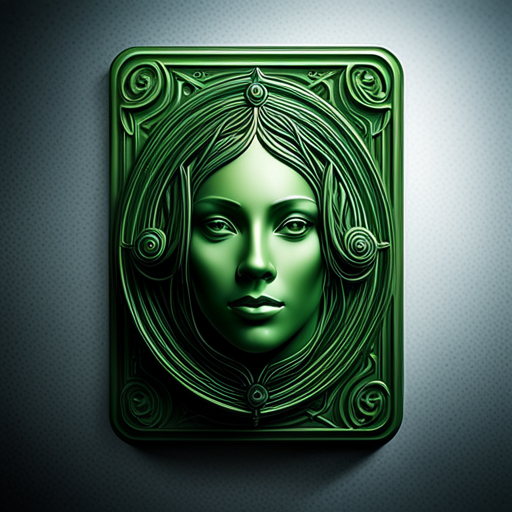Card suits, such as hearts, diamonds, clubs, and spades, have a rich history that dates back centuries. These symbols, commonly found in playing cards, have intriguing origins rooted in medieval Europe. Let’s explore the fascinating history behind card suits.
Origins of Card Suits
The four traditional card suits—hearts, diamonds, clubs, and spades—can be traced back to the Tarot deck used for divination in the 15th century. The suits were associated with different classes of society: hearts represented the clergy, diamonds symbolized the merchant class, clubs denoted the peasantry, and spades signified the nobility.
Evolution of Card Suits
As playing cards gained popularity across Europe, the symbols evolved into the familiar hearts, diamonds, clubs, and spades. Each suit was assigned a unique shape and color to differentiate them on the cards.
Symbolism of Card Suits
- Hearts: Originally represented cups or chalices, hearts came to symbolize love and emotions in playing card decks.
- Diamonds: Derived from the suit of coins or pentacles in Tarot, diamonds became associated with wealth and prosperity.
- Clubs: Evolved from the suit of cudgels or wands, clubs signify strength and labor.
- Spades: Transformed from swords in Tarot, spades represent warfare and the military.
Standardization of Card Suits
The standardization of card suits occurred during the 15th century, with French and English cardmakers adopting the four suits that we recognize today. This standardization facilitated the widespread use of playing cards across Europe.
Today, card suits are universally recognized symbols used in various card games and gambling activities. Their history and symbolism add an intriguing dimension to the world of playing cards.
To learn more about card games and their fascinating history, visit Deck of Art and explore our collection of unique playing cards. Discover the intersection of art and gaming at Deck of Art.






